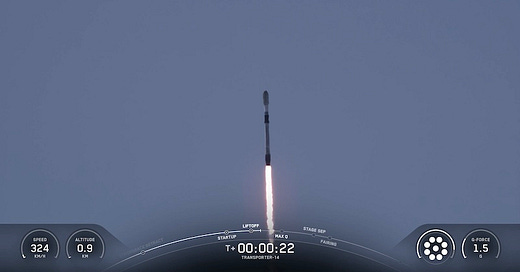On Monday, June 23 at 2:25 p.m. PT, a SpaceX Falcon 9 launched the Transporter-14 mission to low-Earth orbit from Space Launch Complex 4E (SLC-4E) at Vandenberg Space Force Base in California. Transporter-14 was a dedicated smallsat rideshare mission. There were 70 payloads on this flight, including cubesats, microsats, re-entry capsules, and orbital transfer vehicles carrying three of those payloads to be deployed at a later time.
Among the payloads carried into orbit on Transporter 14 were:
York Space Systems Dragoon mission, a contract executed under an accelerated timeline for the Space Development Agency (SDA). Built on York's LX-CLASS platform, Dragoon demonstrates secure connectivity integration with tactical satellite communication (TACSATCOM) system capabilities from low Earth orbit. Communication with Dragoon was established within 2 hours of deployment.
The Muon Space VanZyl-2 satellite developed for Hydrosat. The satellite integrates Hydrosat's VanZyl-2 high-resolution multispectral and thermal infrared (IR) imaging instruments. These sensors will provide continuous monitoring of critical Earth systems.
Galaxia MÖBIUS-1, a software-defined satellite (SDS) that the company says is the first virtual satellite as a service platform that has ever launched. MÖBIUS-1 enhances national sovereignty by enabling real-time, proactive monitoring, detection, and response to emerging threats, both commercial and defense-related.
ICEYE launched and deployed six new SAR satellites into orbit, serving dedicated customer missions and expanding its own SAR satellite constellation. The satellites were integrated via Exolaunch and successfully launched on June 23 aboard the Transporter-14 rideshare mission with SpaceX from Vandenberg Space Force Base in California, USA. Each spacecraft has established communication, and routine commissioning operations are underway.
Varda Space Industries W-4 mission, the maiden flight for Varda's next-generation spacecraft. While in orbit, the satellite bus will provide the capsule with power, communications, attitude control, and propulsion. Once the orbital pharmaceutical processing portion of the flight is complete, the W-4 capsule will separate from the satellite bus and reenter the Earth's atmosphere. The capsule will reach speeds exceeding Mach 25 and ultimately land safely at the Koonibba Test Range in South Australia, operated by Southern Launch.
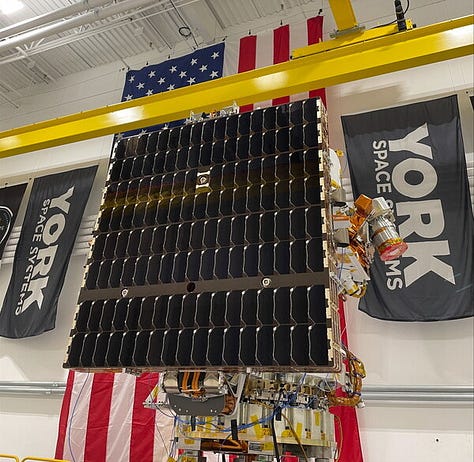
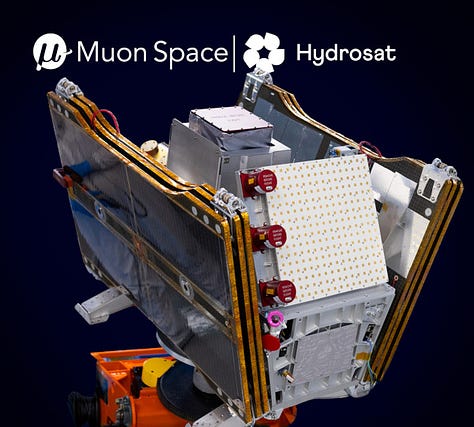
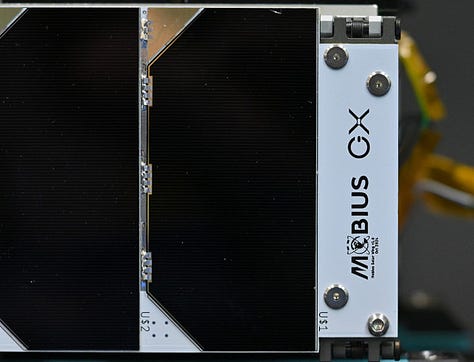

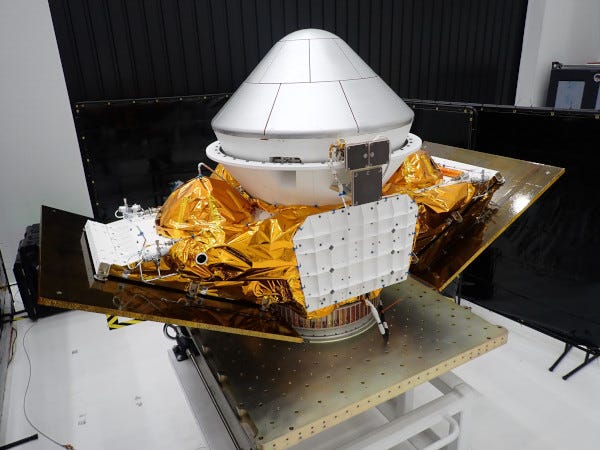
SpaceX said this was the 26th flight for the first stage booster supporting this mission which previously launched NROL-87, NROL-85, SARah-1, SWOT, Transporter-8, Transporter-9, NROL-146, Bandwagon-2, NROL-153, NROL-192, and 15 Starlink missions.


